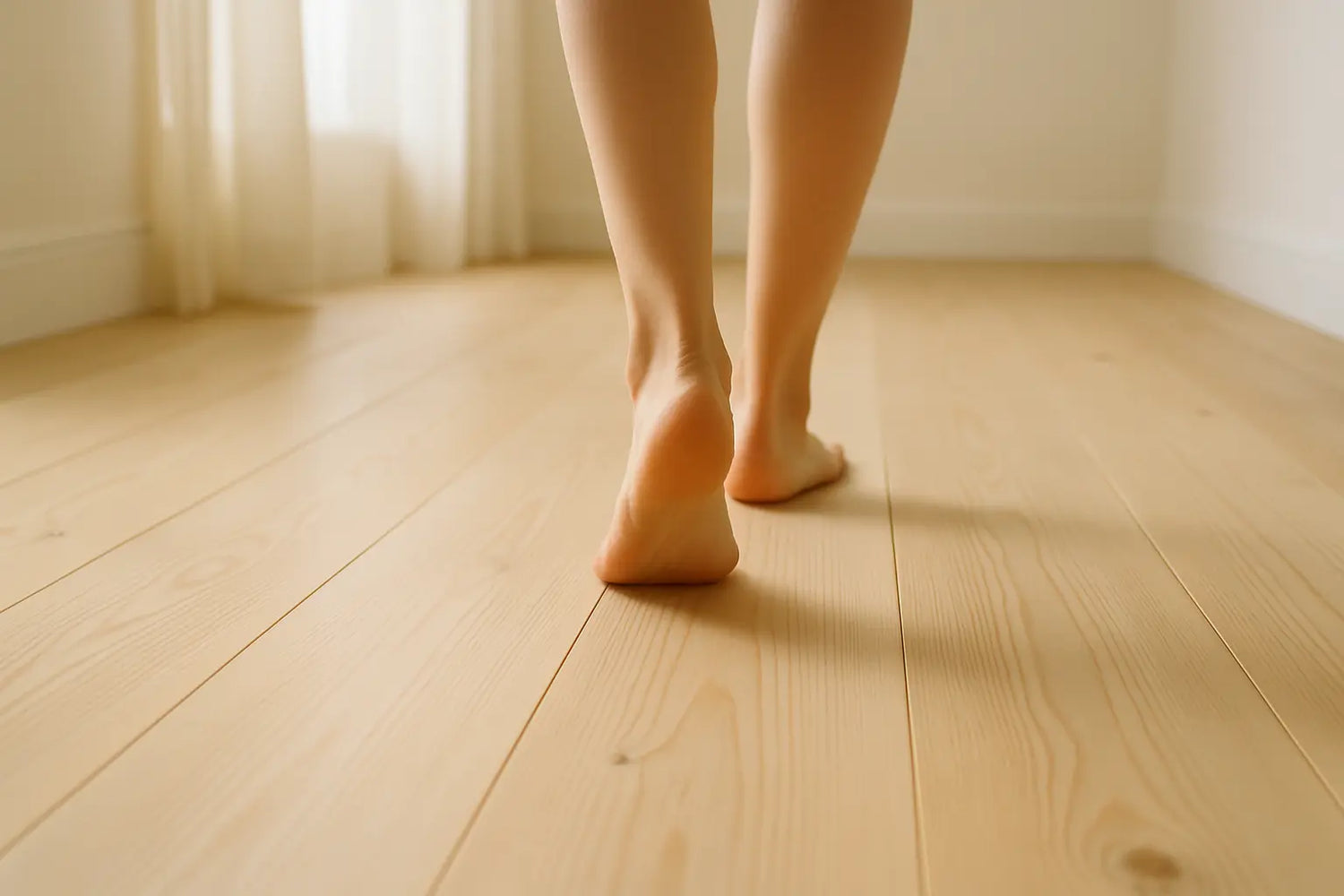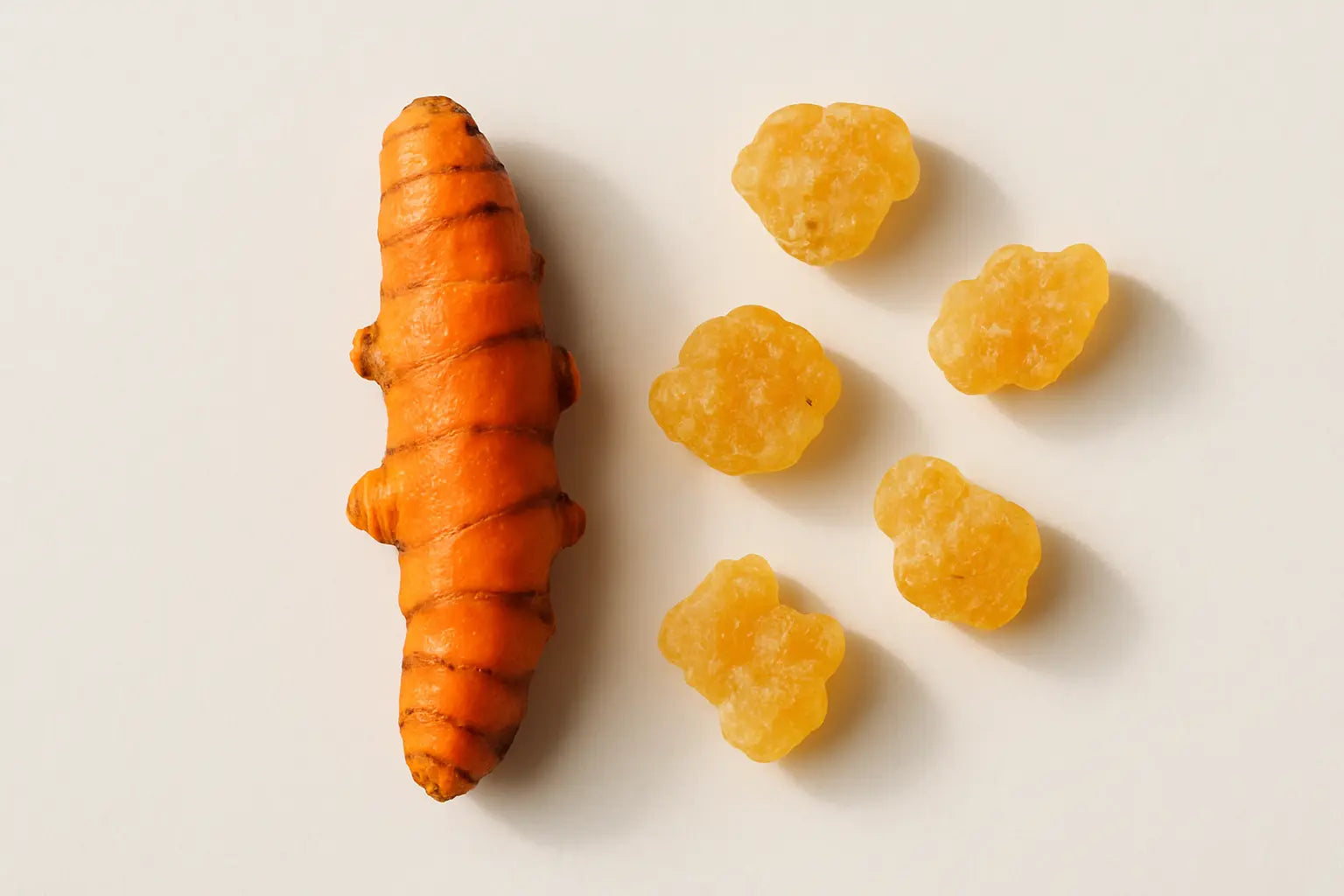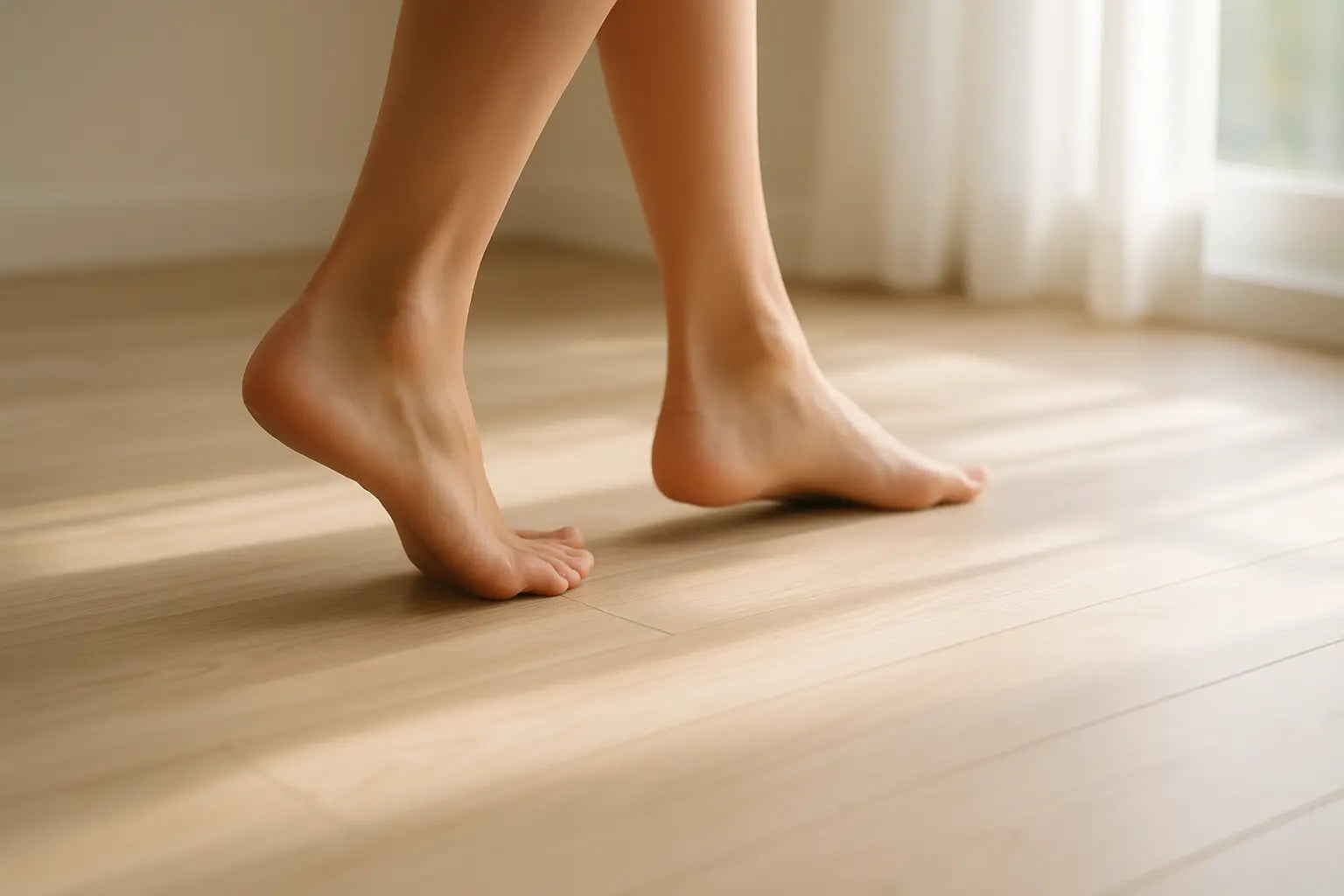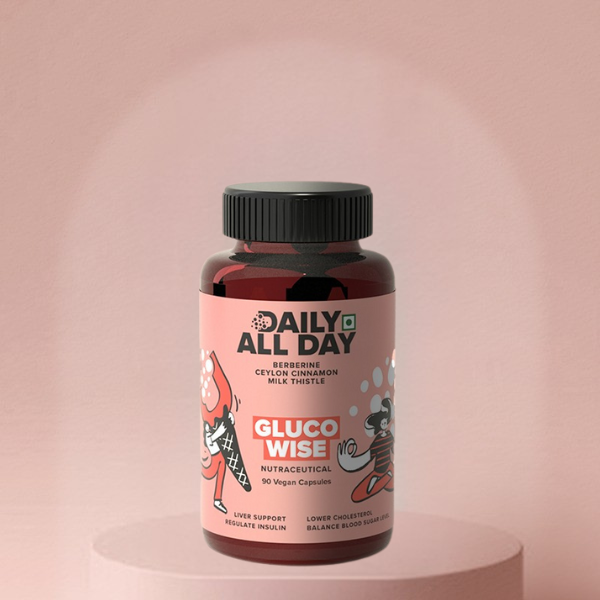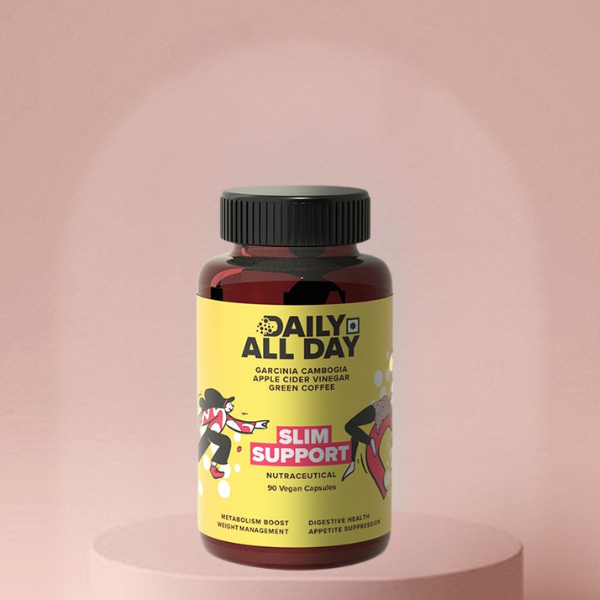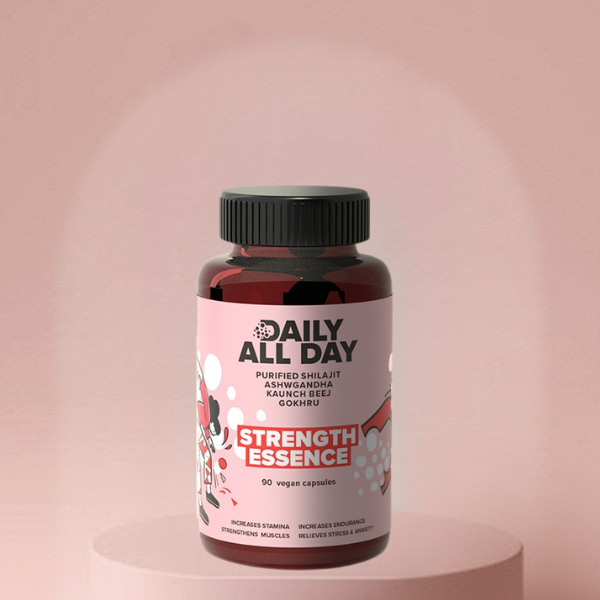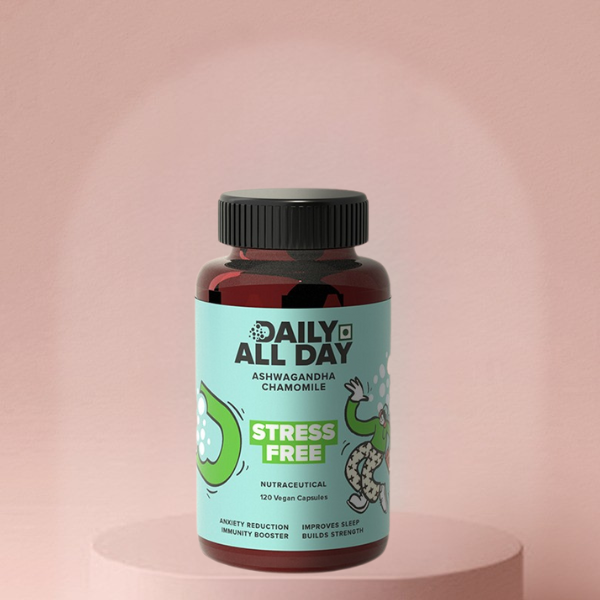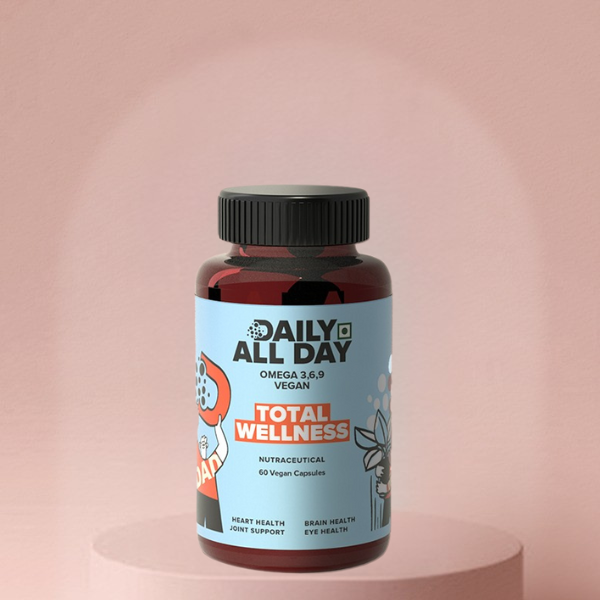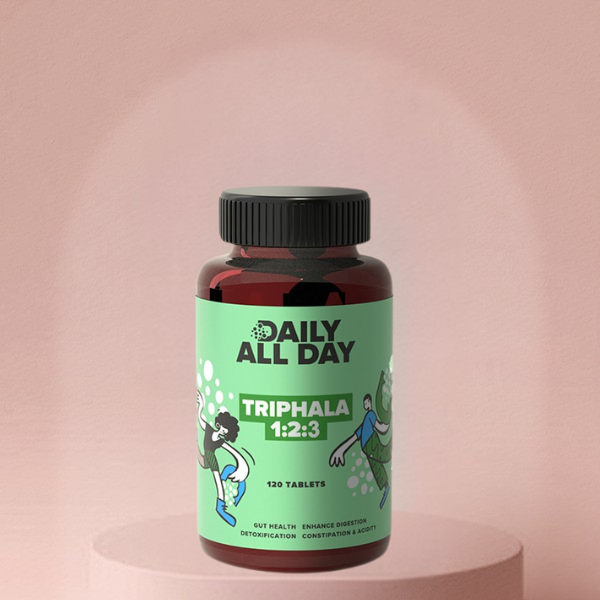Remember that feeling after a long day at school or work? The first thing you do when you get home is kick off your shoes and let your feet breathe. That sigh of relief as your toes spread out on the cool floor is universal. But have you ever stopped to wonder if this simple, freeing act of walking barefoot is actually good for you? We’re told to wear supportive shoes, yet going natural feels so right. It’s a modern-day dilemma, and the answer isn't as straightforward as you might think.
The Good Side: Why Your Feet Love Freedom
Kicking off your shoes isn't just about comfort; it can have some real health perks. Think of it like letting your feet go to the gym. Here’s what happens when you let them roam free:

- Stronger Muscles: When you wear shoes all the time, especially cushioned ones, the small muscles in your feet get lazy. Walking barefoot forces them to wake up and work, which can lead to stronger, more stable feet and ankles over time.
- Better Balance: Your feet are loaded with nerves that send signals to your brain about the ground you're walking on. Going barefoot enhances this connection, which can improve your balance and body awareness (proprioception).
- Healthier Skin: Trapping your feet in socks and shoes all day can create a warm, moist environment where fungus loves to grow (hello, athlete's foot!). Letting your feet air out helps keep them dry and reduces the risk of fungal infections.
- Natural Grounding: There's a certain calm that comes from feeling the texture of the floor or the grass beneath your feet. Some believe this sensory experience can be grounding and reduce stress.
The Not-So-Good Side: Hidden Dangers Lurking on Your Floors
Before you toss all your shoes in the bin, it’s important to know that going barefoot, especially on modern hard surfaces, has its downsides. Our homes are not the soft, natural earth our ancestors walked on.

- Lack of Support: Hardwood, tile, and concrete floors offer zero shock absorption. Over time, this can put a lot of stress on your feet, leading to conditions like plantar fasciitis (that sharp heel pain), shin splints, and even knee or back pain.
- Risk of Injury: This one’s obvious but easy to forget. Stepping on a stray toy, a crumb of glass, or just stubbing your toe can be incredibly painful and lead to cuts, bruises, or broken bones.
- Germs and Bacteria: Your floors, no matter how clean you think they are, can harbor bacteria and fungi. Walking barefoot exposes the skin on your feet to these organisms, which can cause infections like warts or athlete's foot, especially if you have a small cut.
What the Internet is Asking: Insights from Quora
You're not the only one curious about this topic. People on platforms like Quora are constantly debating the pros and cons. Here's what they're saying:
-
Is it unsanitary to go barefoot?
Yes, it can be. Users point out that walking barefoot exposes your feet to bacteria and fungi that can cause skin and nail infections. It's a key reason to keep your floors clean and wash your feet regularly. -
Are there any risks associated with walking barefoot outside?
Absolutely. The risks increase outdoors with dangers like glass, rusty nails (which can lead to tetanus), hookworm, and other parasites that can enter through your skin. -
What diseases can you get from walking around barefoot?
The community highlights several concerns, from fungal infections and warts to more serious issues like parasitic infections if walking on contaminated soil. One user even mentions the possibility of transferring airborne germs from the ground to your hands. -
Is it safe to go barefoot at all times?
The general consensus is no. It depends heavily on the environment. It might be fine in a clean home with soft floors, but not recommended in public places or on rough, dirty surfaces. -
Does walking barefoot affect foot health differently than wearing shoes?
This thread brings up a balanced view. While going barefoot can strengthen feet, it also exposes them to germs. One interesting point made is that dirty bare feet can transfer bacteria *into* your shoes, creating a breeding ground for germs if you don't wash your feet before putting shoes back on.
Finding the Sweet Spot: How to Go Barefoot Safely
So, how do you get the benefits without the risks? It's all about balance and being smart. Moderation is key.
- Choose Your Surface: Try to go barefoot on softer surfaces like carpets, rugs, or grass in your own clean backyard. Limit your time on hard, unforgiving floors.
- Consider Minimalist Footwear: If you love the barefoot feel but need protection, look into barefoot walking shoes. These have thin, flexible soles that mimic the barefoot experience while protecting you from sharp objects and germs.
- What About the Gym? Many people ask about walking barefoot on a treadmill. While it can help improve your form, it's risky. You could drop a weight, or the belt's friction could cause burns. Plus, gym floors are a hotspot for germs. It's better to stick with flexible, lightweight gym shoes.
- Listen to Your Body: If your feet, knees, or back start to hurt, it's a sign you need more support. Don't force it.
Strengthening Your Foundation from the Inside Out
Walking on hard surfaces doesn't just affect your feet; it sends shockwaves up through your entire body, impacting your ankles, knees, and back. Protecting your joints is crucial for long-term mobility and comfort. While choosing the right surfaces helps, supporting your body's internal systems is a game-changer.
This is where natural supplements can play a powerful role. By providing your body with the nutrients it needs to fight inflammation and support cartilage, you can build a more resilient foundation from within. Let's look at how specific ingredients can help you stay active and pain-free.
Ingredients Deep Dive: Daily All Day Joint Care
Our Daily All Day Joint Care is formulated with powerful, natural ingredients to combat the stress that daily life (and hard floors) puts on your joints.
- Turmeric Root Extract & Curcumin: You've probably heard of turmeric, the golden spice. Its active compound, curcumin, is a super-powerful anti-inflammatory. It works by blocking the molecules that cause swelling and pain in your joints, offering relief much like a natural painkiller.
- Boswellia Serrata: Also known as Indian frankincense, this herb has been used for centuries in Ayurvedic medicine. It helps reduce inflammation and can even help prevent cartilage loss, keeping your joints cushioned and healthy.
- Piperine (Black Pepper): This is the secret weapon! Your body has a hard time absorbing all the goodness from curcumin on its own. Piperine, from black pepper, acts as a bioenhancer, boosting curcumin absorption by up to 2000%. This means you get the maximum benefit from every capsule.
Ingredients Deep Dive: Daily All Day Slim Support
Joint health is also linked to your overall weight. Carrying extra weight puts more pressure on your knees, hips, and back. Our Daily All Day Slim Support is designed to help you manage your weight naturally, which in turn protects your joints.
- Garcinia Cambogia & Green Coffee Beans: These ingredients are metabolic powerhouses. They help your body burn fat more efficiently and can help reduce your appetite, making it easier to stick to a healthy eating plan.
- Apple Cider Vinegar & Green Tea: Both are known for their ability to boost metabolism and support healthy digestion. A happy gut is key to overall wellness and effective weight management.
- Triphala: This classic Ayurvedic blend of three fruits is amazing for digestive health. It helps detoxify your system and ensures you're absorbing nutrients properly, which supports your energy levels while you manage your weight.
Frequently Asked Questions
- 1. Can walking barefoot cause back pain?
- - Yes, it can. Walking on hard surfaces without any cushioning or support changes your posture and the way you walk. This can lead to misalignment and strain on your lower back, hips, and knees over time.
- 2. How long should I walk barefoot each day?
- - There's no magic number. Start with short periods, like 15-20 minutes a day, on safe, soft surfaces. Pay attention to how your feet and joints feel. If you experience any pain, cut back. The goal is to strengthen your feet, not strain them.
- 3. Are barefoot walking shoes a good alternative?
- - They can be a great middle ground. They offer protection from cuts and germs while still allowing your foot to move naturally and feel the ground. They are an excellent choice for transitioning to more barefoot time or for walking on surfaces you're not sure about.
- 4. Is it okay for children to go barefoot all the time?
- - For kids, going barefoot is often encouraged! It helps in the development of their arches and strengthens their foot muscles. However, the same rules of safety apply: make sure the surface is clean and free of hazards.
- 5. Can supplements really help with pain from walking barefoot?
- - Yes, particularly supplements aimed at reducing inflammation. Ingredients like Turmeric (Curcumin) and Boswellia, found in our Joint Care formula, target the inflammation that can be caused by the repetitive impact of walking on hard floors, helping to soothe joint pain and improve mobility.

The Final Step: To Barefoot or Not to Barefoot?
So, what’s the verdict on walking barefoot? It’s not a simple yes or no. The key is moderation and mindfulness. Going barefoot on soft, clean surfaces like carpet or grass can be fantastic for strengthening your feet and connecting with your environment. However, spending all day on hard floors without support can lead to strain, pain, and other issues.
Think of it as a balanced lifestyle choice. Enjoy the freedom of being barefoot, but also listen to your body. If you feel pain in your joints, back, or feet, it might be a sign you need more support. This is where holistic wellness comes into play. Supporting your body from the inside is just as important as the shoes you wear (or don't wear).
For those feeling the strain, powerful natural ingredients can make a world of difference. Our Daily All Day Joint Care, with its blend of Turmeric and Boswellia, is designed to combat inflammation and support cartilage, easing the very discomfort that hard floors can cause. Similarly, maintaining a healthy weight with Daily All Day Slim Support reduces the overall load on your joints, making every step, barefoot or not, a little easier. By combining mindful movement with targeted nutritional support, you can enjoy the best of both worlds—the freedom of barefoot walking and the comfort of well-supported, healthy joints.

